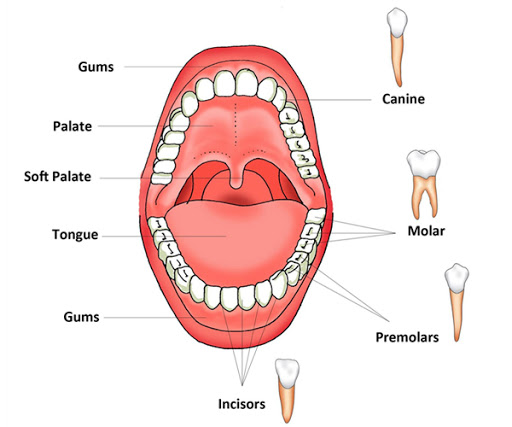
Common Oral Issues: Blisters, Sores, and More
Introduction: The oral cavity serves as a gateway to our overall health, and any disturbances in this delicate environment can lead to a variety of mouth problems. This article sheds light on some common oral issues, such as blisters, sores, dry mouth, and bad breath. Additionally, it highlights specific diseases and conditions that can affect the lips, tongue, and oral cavity.
Blisters and Sores: Blisters and sores around or within the mouth are common occurrences. These can arise due to various factors, including viral infections, irritants, and stress. Some of these conditions include:
- Cold Sores: Also known as fever blisters, cold sores are caused by the herpes simplex virus. They appear as painful blisters, often on or around the lips.
- Afters: Canker sores, or aphthous ulcers, are painful, round or oval sores that develop on the inside of the mouth, cheeks, or tongue. They are not contagious and may result from factors like stress, injury, or certain foods.
- Autumn Blisters: These are small, painful blisters that form in clusters inside the mouth. They are usually caused by the Coxsackie virus and are more common in children.
Common Mouth Problems:
- Bad Breath (Halitosis): Bad breath can be caused by various factors, including poor oral hygiene, certain foods, tobacco use, and underlying medical conditions. It may also be linked to dry mouth.
- Dry Mouth (Xerostomia): Dry mouth occurs when there’s a reduced flow of saliva in the mouth. It can lead to discomfort, difficulty swallowing, and an increased risk of dental issues. Dry mouth can contribute to bad breath as well.
- Stains on the Tongue (Lingua Geographica): This condition results in irregular, map-like patterns on the tongue’s surface. While its exact cause isn’t well understood, it’s generally harmless.
- Burning Mouth Syndrome (Munsveda): This condition is characterized by a burning sensation in the mouth, often accompanied by a metallic taste. The exact cause is unclear, but it may be linked to nerve dysfunction or hormonal changes.
- Oral Lichen Planus: This chronic inflammatory condition can cause white, lacy patches inside the mouth. It’s believed to be an immune-related disorder.
- Oral Thrush (Candidiasis): A fungal infection caused by Candida yeast, oral thrush appears as white patches on the tongue, inner cheeks, and throat. It’s more common in individuals with weakened immune systems.
Conclusion: Maintaining oral health is crucial not only for a confident smile but also for overall well-being. Blisters, sores, dry mouth, and bad breath can affect daily life and require attention. If you’re experiencing persistent oral problems or discomfort, seeking guidance from a dentist or healthcare professional can help identify the cause and provide appropriate management strategies.